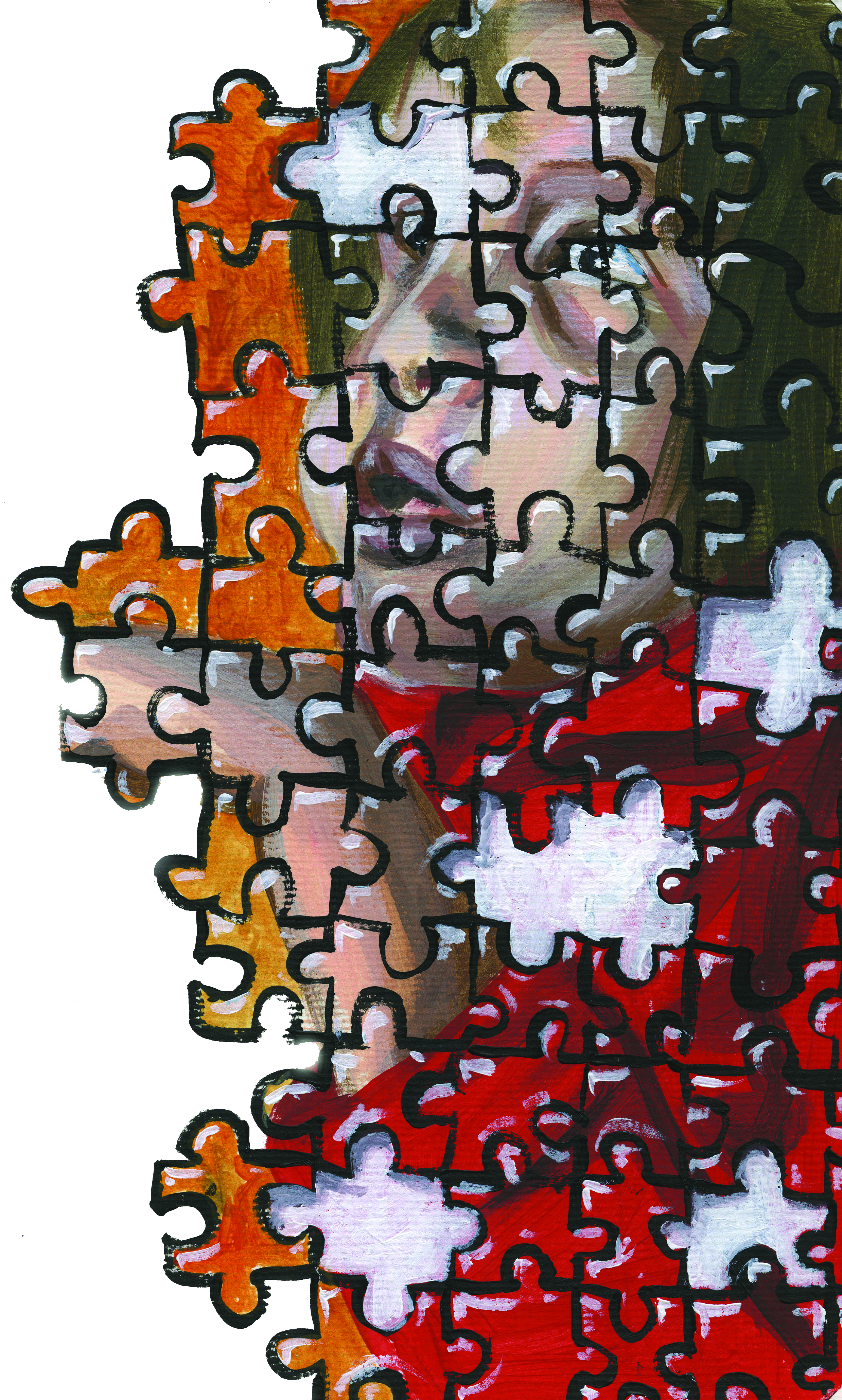Imagine that UCLA’s 26,162 undergraduates were a random sampling of American children. Just in this group, roughly 238 of these students would be diagnosed with autism.
Approximately one in every 110 children in the U.S. has an autism spectrum disorder, according to the Centers for Disease Control and Prevention. For males, that number goes up to one in 70.
Autism is the fastest growing student disability in the nation. In California alone, there has been an increase by more than 400 percent in K-12 students diagnosed with the disorder since 2000-2001.
The increase has not yet been fully explained, and researchers disagree over the factors that play a dominant role.
Currently, researchers are looking for environmental triggers that interact with an underlying genetic susceptibility toward autism.
“Changes in diagnostic criteria and earlier detection still left about a third of the increase in autism in California unexplained,” said Heather Volk, epidemiologist and assistant professor of preventive medicine at the University of Southern California. “It’s highly possible that some other factor like the environment could contribute to those autism increases.”
Previous studies have already established links between external factors and added risk. Factors such as freeway proximity during pregnancy, prenatal stress, high socioeconomic status and preterm delivery have all been associated with either added risk of autism or increased severity of autism.
But the increase could have been caused in part by changes in diagnostic methods, sources said.
In 1994, the criteria for diagnosing autism was broadened to include milder cases of autism.
This was a change made in the Diagnostic and Statistical Manual of Mental Disorders, which serves as a guidebook for psychological disorders.
“It was never the intention of the original authors who identified autism to exclude people who have normal intelligence or typical language development,” said Pegeen Cronin, psychologist and diagnostician at the UCLA Center for Autism Research and Treatment. “The new criteria made sure you didn’t have to have a cognitive disability to get a diagnosis of autism.”
Better diagnostic expertise has likely contributed to the increase in diagnoses, as well, Cronin said.
“There’s research demonstrating that over and over, we’re better at diagnosing it,” she said. “If we were diagnosing autism the same way as we were 20 years ago, we’d still only capture four in 10,000 as supposed to the one in 110 now.”
Experts see these changes as only a partial reason for the increase.
“Pediatricians are becoming more attuned,” said Phillip Hain, executive director of the Los Angeles chapter at Autism Speaks, the nation’s largest autism science and advocacy organization. “They’re looking earlier, and they’re looking better. But again that just accounts for a portion of the increase.”
But since diagnosis is the gateway to services and attention, an increase can be a positive trend.
“We’re catching more children earlier,” Cronin said. “Actually, it’s too bad we didn’t catch more sooner.”
